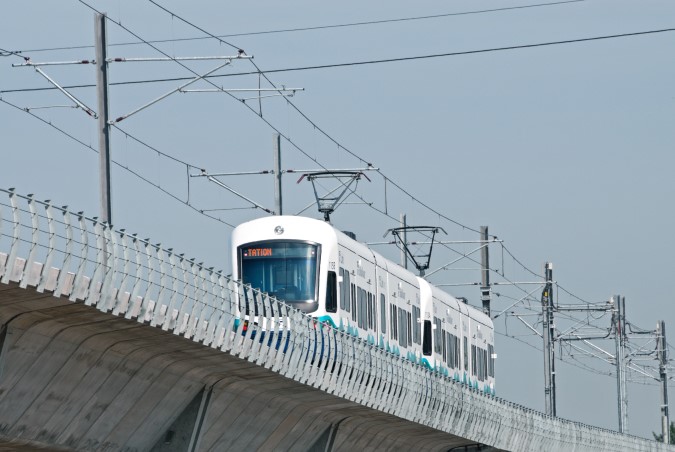May 25, 2021
Part 2: Electrifying Seattle with Equity
Vehicle electrification doesn’t happen overnight. It’s been a long journey.
This is part 2 of a three-part series covering initiatives and programs that the City of Seattle has undertaken to advance clean transportation. Also see part 1 and part 3.
Despite the steady growth of the electric vehicle (EV) market in recent years, access to EVs has largely been limited to certain sectors of the population due to financial and logistical constraints. In many cases, the upfront cost of an EV is too high, especially when compared to the used market for gasoline-powered cars. In other instances, charging an EV can be difficult, especially for residents of multifamily housing (often called multi-unit dwellings, or MUDs) that do not have access to a private garage. Although there are success stories of EV charging at MUDs, most buildings that have been early adopters for charging infrastructure serve higher-income residents, reinforcing existing inequities.
Facing these and other social and environmental justice issues, the City of Seattle has made equitable access a top priority when it comes to implementing clean transportation programs. Guided by its Equity & Environment Agenda, the city has created a dynamic and collaborative environment where decision-making across city departments is guided by the common goal of increasing the number of EVs on the road while advancing social equity and creating job opportunities for local businesses.
Aligned with these goals, the local credit union in Seattle, Express CU, created an innovative EV fair financing program and partnered with local environmental justice organizations to create educational opportunities and Spanish-language materials about the benefits of EVs.
The city has also worked with community-based organizations to host outreach events, listening sessions, and surveys in multiple languages. As a result, the city has adjusted its efforts to address the needs of the community. Some of the lessons learned include:
- Focus on the electrification of public transit, in addition to personal vehicle electrification. Electric transit buses improve air quality, spread benefits of EV investments throughout the community, and provide access to clean transportation for people who cannot afford a personal EV. Electrifying transit has become the number-one priority for the municipal utility, Seattle City Light, and King County Metro has become the utility’s flagship partner.
- Be thoughtful about expanding public charging infrastructure in low-income neighborhoods. Bringing EV charging opportunities to low- and medium-income neighborhoods can lead to rent speculation and higher housing prices, thereby exacerbating gentrification and displacement. Therefore, equitable housing policies need to be integrated alongside vehicle electrification programs. Equal importance should be given to other modes like car-sharing, transit, walking, or biking, which also improve road congestion and safety.
- Combine vehicle electrification with economic empowerment. In addition to finding ways to create jobs for historically disadvantaged categories, such as women- and minority-led businesses, an equitable clean mobility strategy should also create training opportunities for a new type of workforce that will be needed in the future. "We are always looking at how we can connect living-wage electrification jobs to these disadvantaged communities," said Andrea Pratt, climate and transportation policy advisor and Drive Clean Seattle program manager.
- Connect with the local Clean Cities coalition to learn about funding opportunities and get support with outreach, education, and stakeholder engagement activities.
